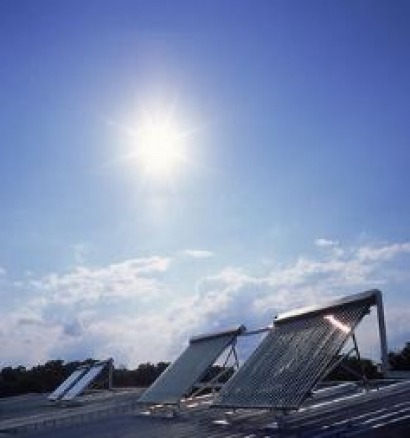
This is the highest solar panel efficiency yet achieved and demonstrates Santa Clara, California-based company’s progress toward its objective of developing solar photovoltaic (PV) solutions that are competitive, without subsidies, with fossil fuels.
The new efficiency achievement is Alta's next step toward commercializing its technology.
The new panel uses the same technology as the company announced last summer, which achieved record solar cell conversion efficiencies resulting from key technical breakthroughs in harnessing the high efficiency of gallium arsenide (GaAs) in cost-effective ways (see http://bit.ly/m51A5).
Alta chose to focus on GaAs because of its intrinsic efficiency advantages as well as its ability to generate electricity at high temperatures and in low light. This means that Alta's panels have substantially higher energy density than other technologies, generating more kilowatt-hours of energy over the course of a year in real life conditions.
"Our goal is to optimize the production economics of solar so that it is competitive with fossil fuels without subsidies, leading to broad adoption of solar generated electricity,” said Christopher Norris, Alta president and CEO.
In addition to technology advances which push the limits of energy density, Alta is also focused on changing the manufacturing economics of solar and enabling formats and form factors that were previously not possible.
To that end, though GaAs is known for being expensive to produce, Alta has invented a manufacturing technique that enables extremely thin layers of GaAs that are a fraction of the thickness of earlier GaAs solar cells.
Alta's cells are about one micron thick; for comparison, a human hair is approximately 40 microns thick. In utilizing very thin devices that have the highest energy density possible, the cost of the material needed in Alta panels remains low and the potential costs of an entire solar energy system based on Alta's technology could be dramatically reduced.
Moreover, because Alta's PV film is thin and flexible, it has the potential to be integrated in wholly unique ways and into a variety of applications -- including roof and building materials, and numerous military, consumer, and transportation products.
According to Norris, Alta is making substantial progress on the build-out of its pilot manufacturing line, which uses mostly off-the-shelf equipment with some proprietary optimizations unique to Alta's process.
For additional information:

